Don Santiago Kirker
Don Santiago Kirker
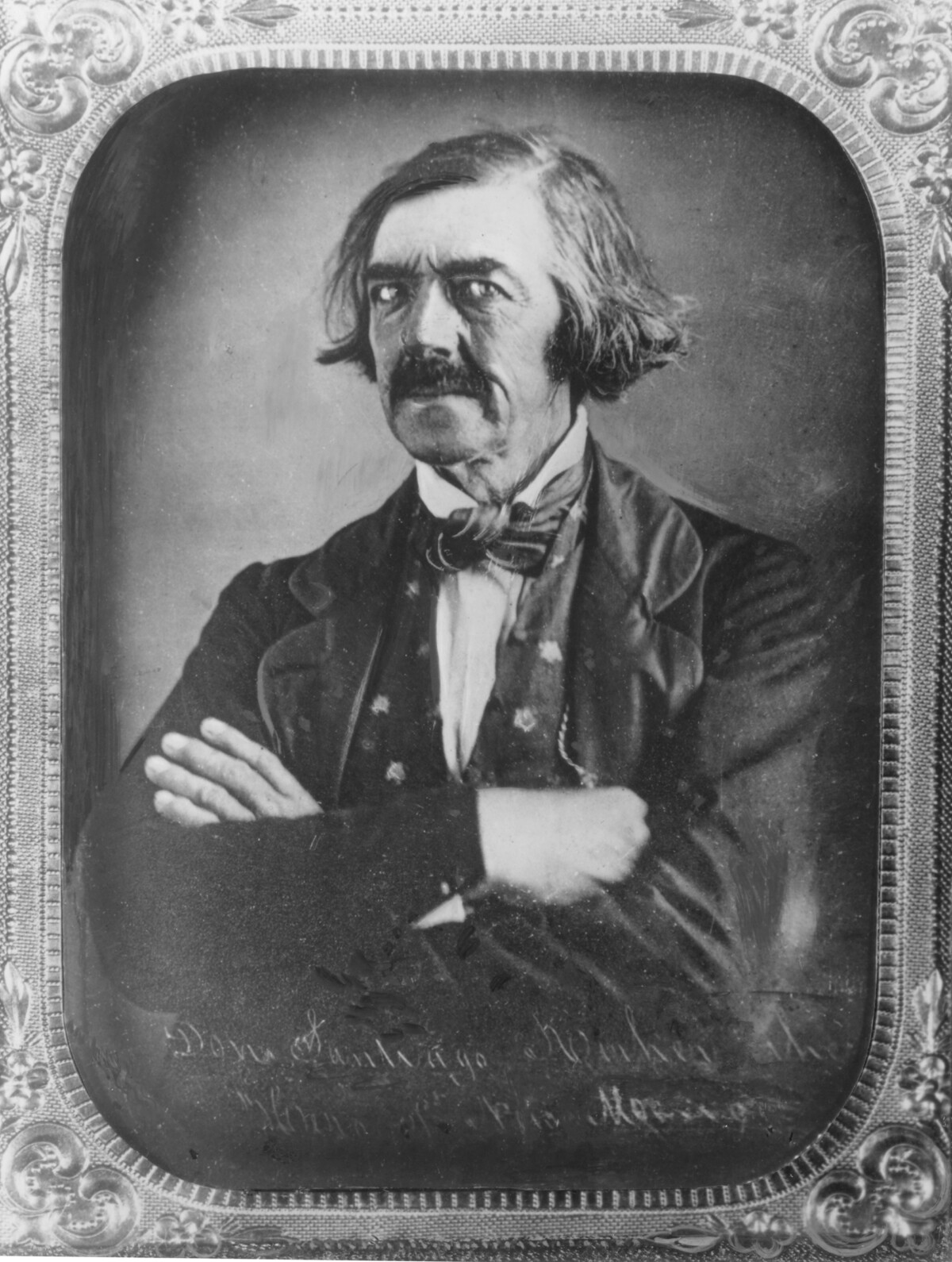
Don Santiago Kirker
James (Santiago) Kirker, merchant, Indian fighter, and frontiersman, was born near Belfast, Ireland, on December 2, 1793. But between 1839 and 1846 he entered into four contracts with governors of Chihuahua to fight Apache, Comanche, and Navajo Indians. With his private company of Delaware and Shawnee Indians and border adventurers, he was very successful in killing hostile Indians. Under his first contract he was promised $100,000, and under the others he was promised pay according to the number of captives and scalps that he delivered. Between contracts he operated in the Sierra Madre as a border lord, sustained by his personal followers as a law unto himself, fighting or trading alternately with the Apaches or the Mexicans. At one time he was called the "King of New Mexico." In 1846 the Chihuahua government was no longer able to pay Kirker for Apache scalps and offered him instead the rank of colonel in the Mexican army. He refused, and, with a 10,000-peso price on his head as an enemy of the state, went north to join Col. Alexander Doniphan and his First Regiment of Missouri Mounted Volunteers. Doniphan made him forager, guide, interpreter, and scout for his campaign through northern Mexico. His intimate knowledge of Mexican character, country, and resources made him very valuable to the invaders, and when he returned to the United States with the regiment he was received with much acclaim. In 1848 Kirker served as guide, interpreter, and spy for the campaign of Maj. William W. Reynolds and the Third Regiment of Missouri Mounted Volunteers against the Apache and Utah Indians. In 1849 he guided a train of Forty-niners across the plains to New Mexico. In 1850 he reached California, without his family, and settled in Contra Costa County near what is known now as Kirker Pass and Kirker Creek. He died in 1853 and was buried by his Delawares in Somersville Cemetery. Don Santiago QuerQuer, as he is called in Mexican records, was a large, agile man, a superb horseman who dressed in fringed Mexican leather and carried an assortment of weapons. He spoke and wrote Spanish fluently and knew a number of Indian languages. He was known throughout the West for his fearlessness. During his lifetime, Kirker was described as a man of great enterprise and vision. After his death, however, his name faded from memory. The unfavorable picture of him that later emerged came from a novel by Thomas Mayne Reid, The Scalp Hunters; or Romantic Adventures in Northern Mexico (1851), in which Kirker was portrayed as a villain. http://www.tshaonline.org/handbook/online/articles/fki54 Image Description: Black and white image shows Don Santiago Kirker. He wears what appears to be a leather or suede jacket with a vest and white shirt underneath. The vest has a pattern of scattered stars or dots and at his neck a tie. His arms are crossed in front of his chest in a very relaxed manner. His face is slightly facing away but his eyes look directly into the lens. He has long hair parted at the side and past his ears, with a dark mustache along with his dark eyebrows to adorn his face. Kirker has wrinkles near his eyes nose and mouth and loose skin near his neck due to his age.
Report this entry
More from the same community-collection
John F. Kennedy with Richard Lopez of El Paso, TX 1961
President John F. Kennedy meets with the Boys' Clubs of ...
First Lieutenant William Deane Hawkins - El Paso, Texas
Deane Hawkins was a smart boy-at El Paso's Lamar and Alta Vista ...
Fitzgerald Children on Horseback
Gertrude Fitzgerald took pictures of her own children as well as ...
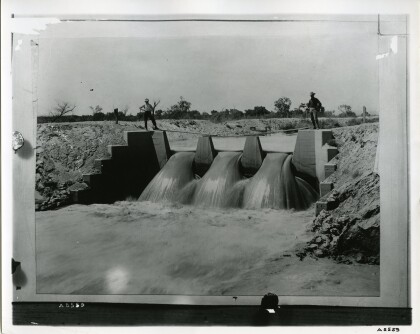
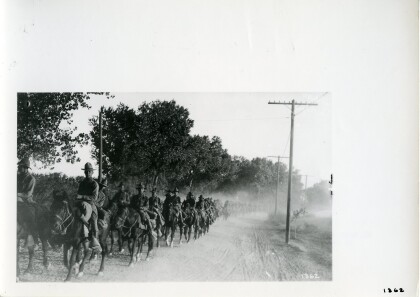
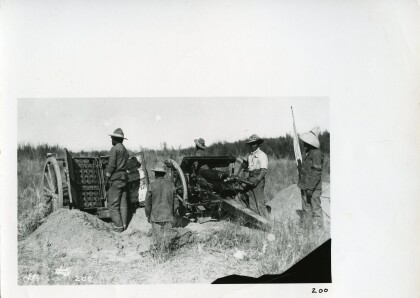
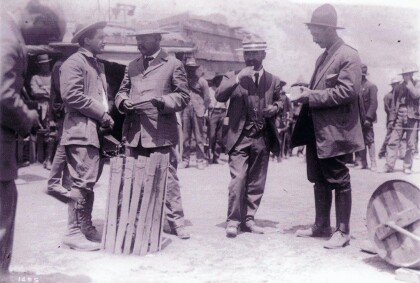
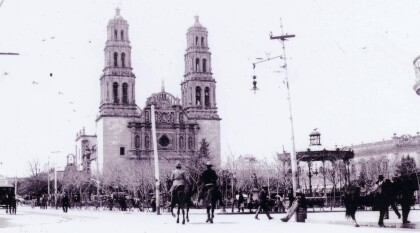
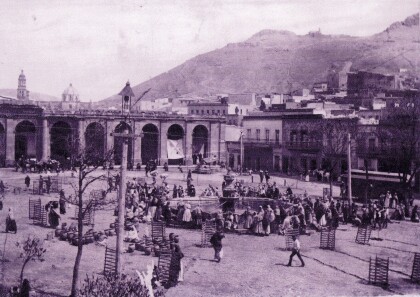
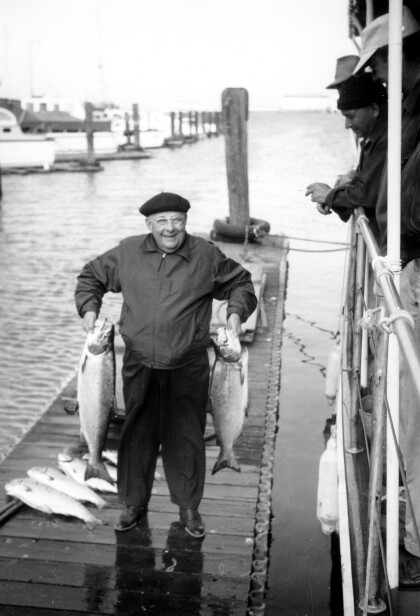
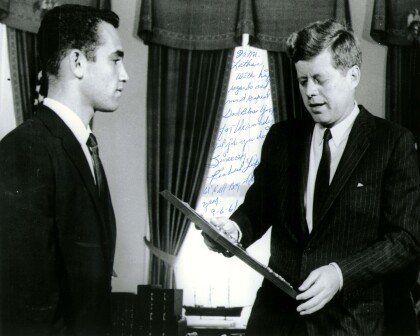
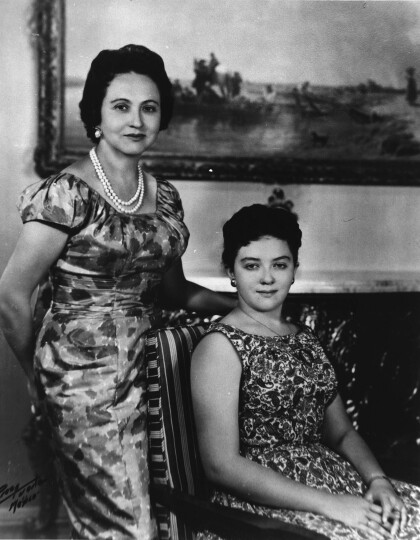
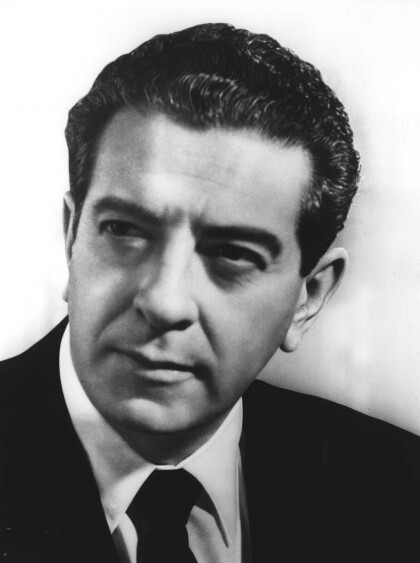
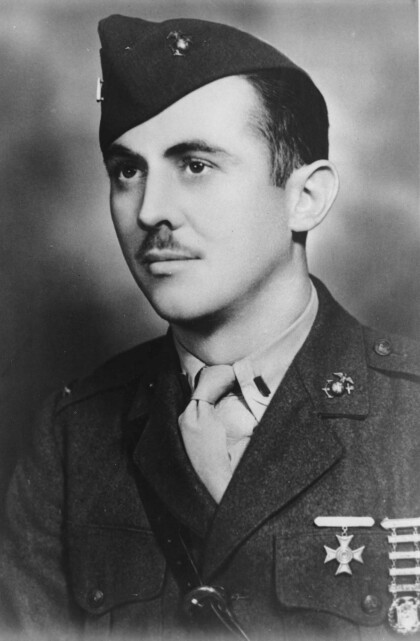
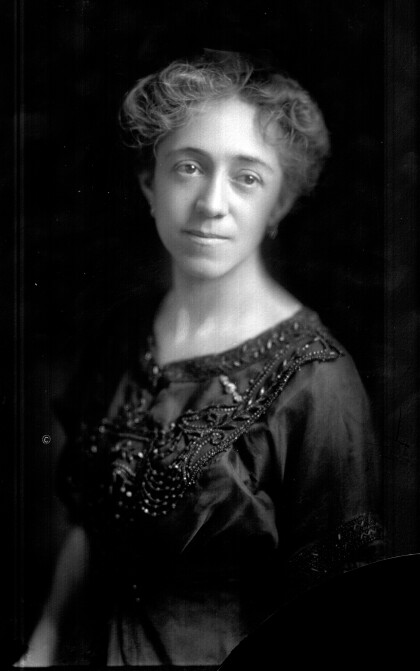
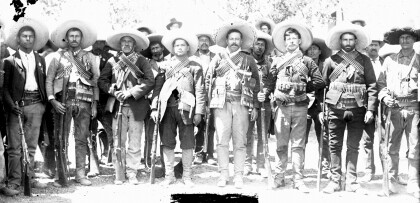
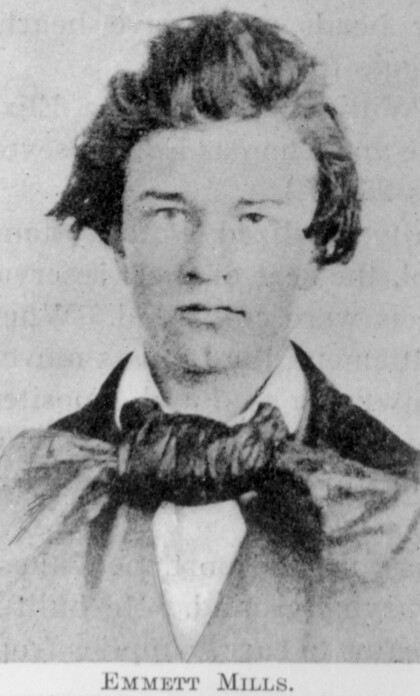
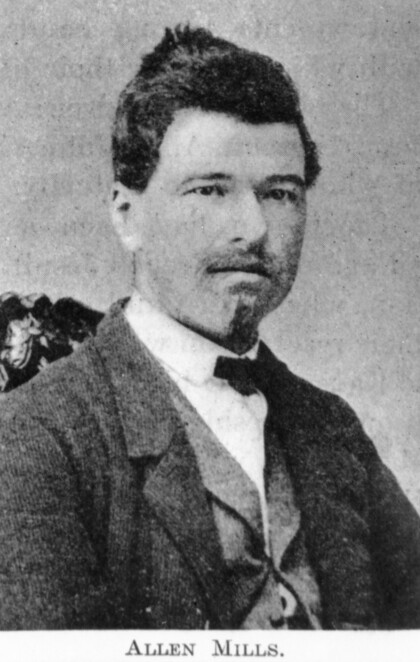
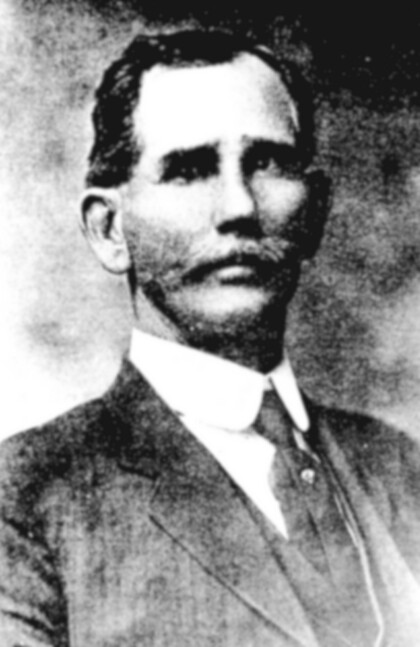
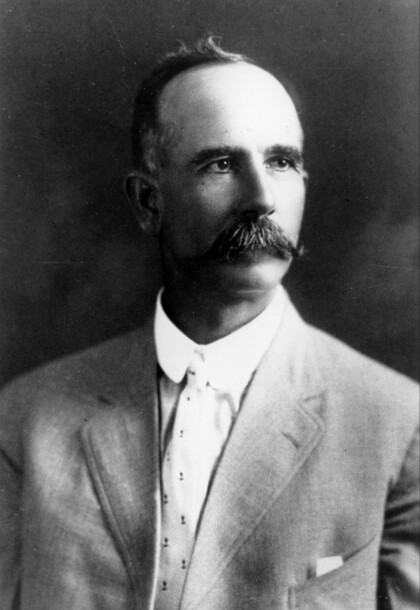
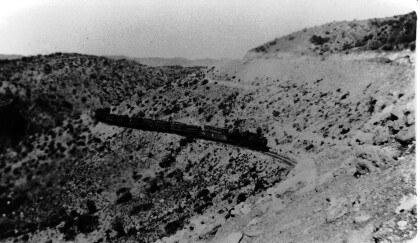
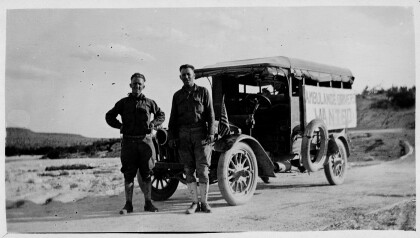

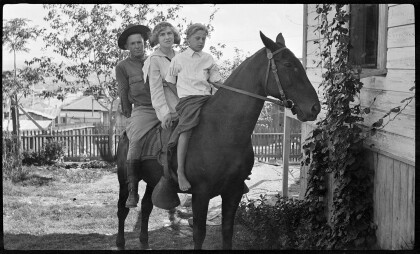
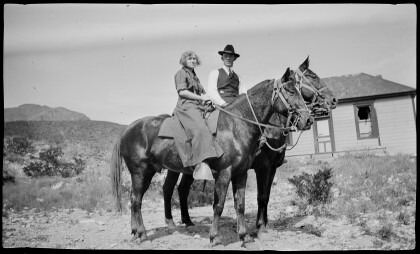
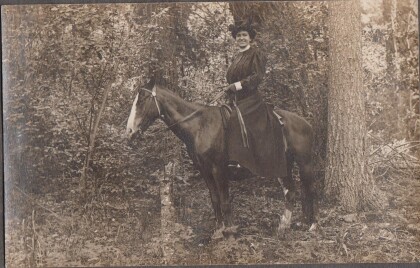
Hal Jackson, "Don Santiago Kirker, Apache Scalper," Chronicles of the Trail, Journal of El Camino Real de Tierra Adentro, Trail Association, Vol. 14, No. 2, Summer-Fall 2018, p. 37.